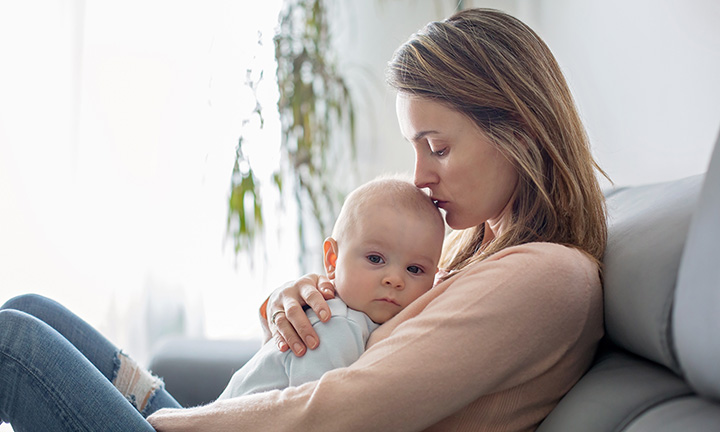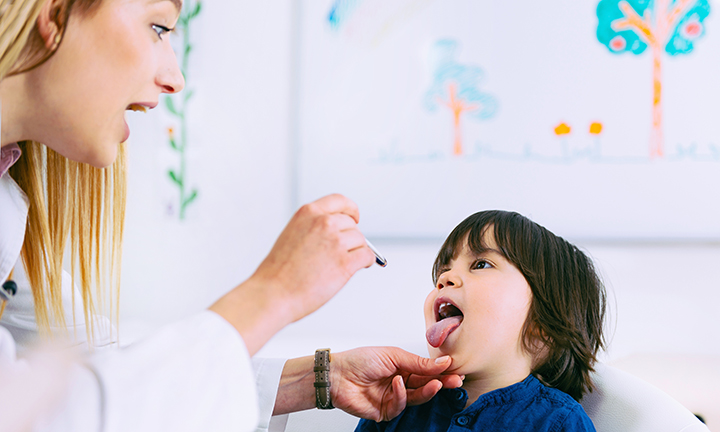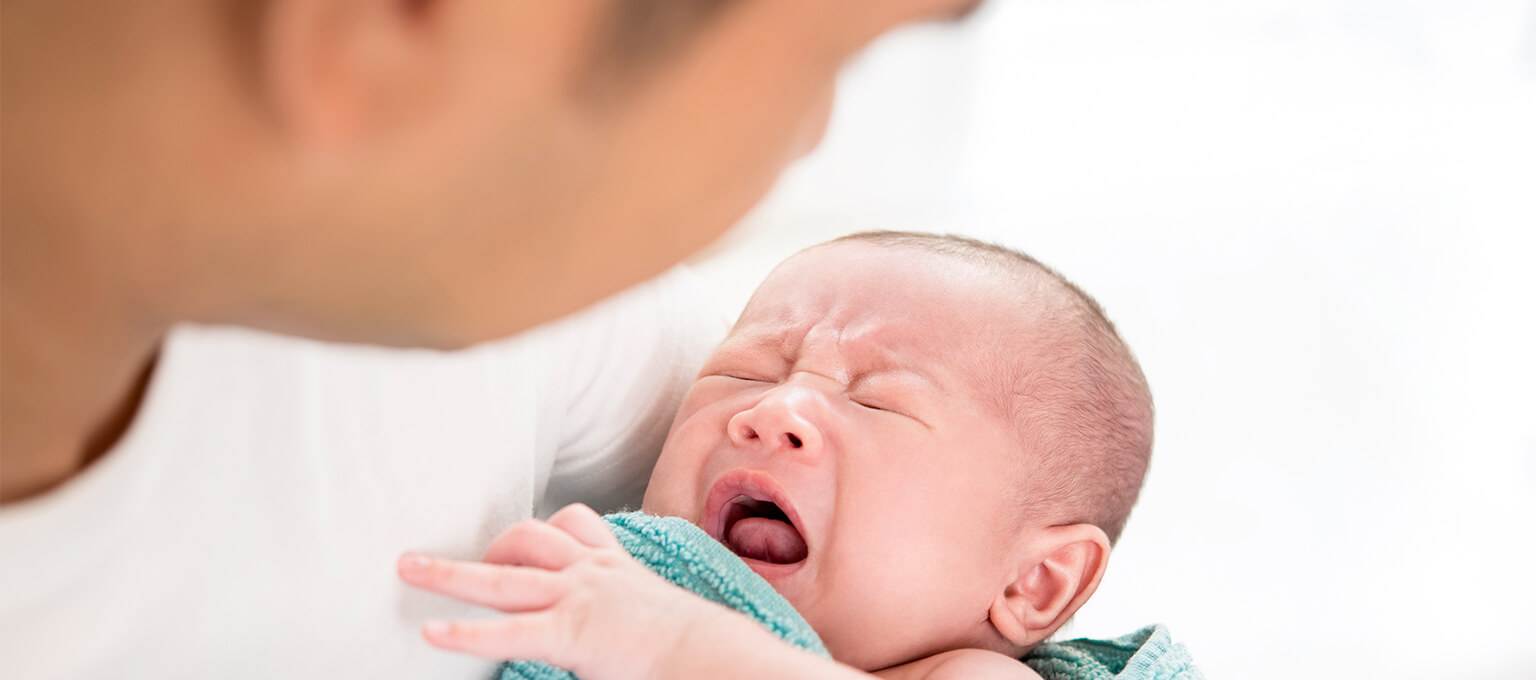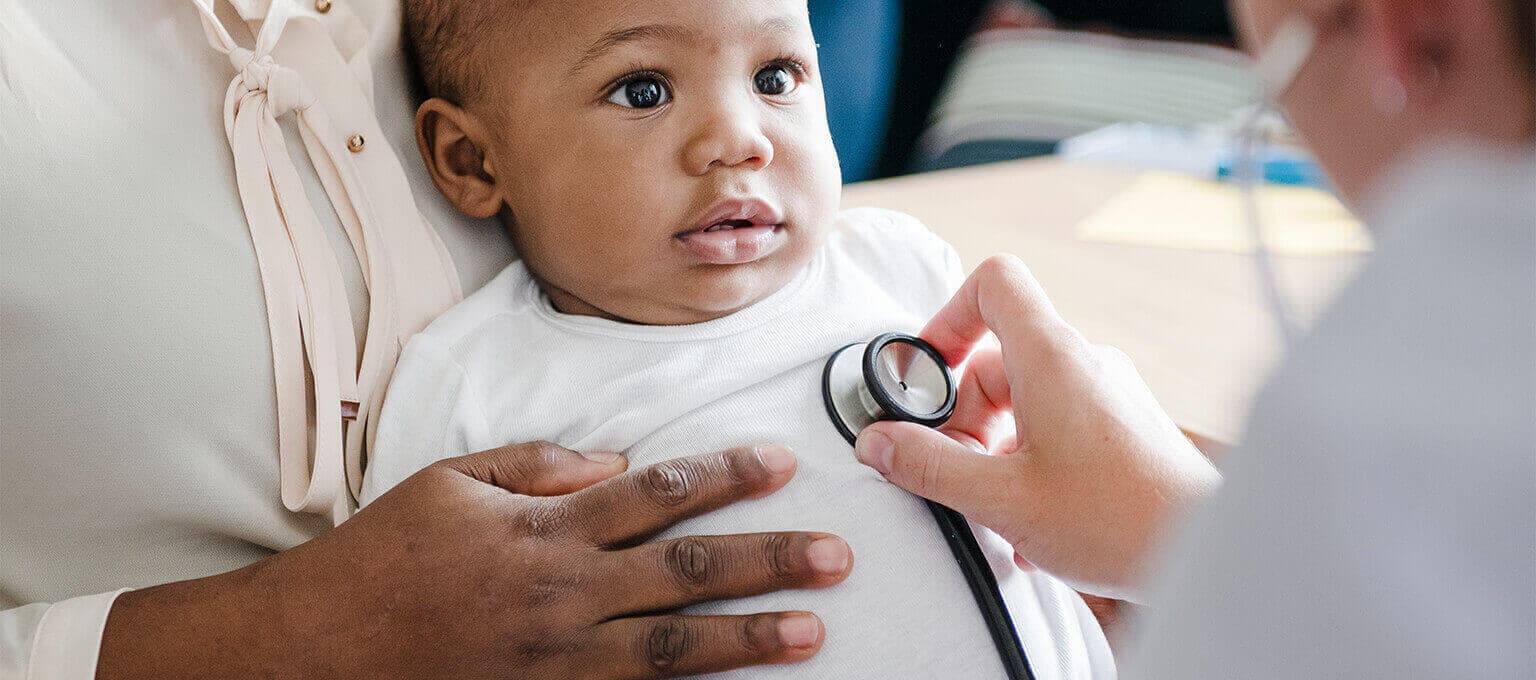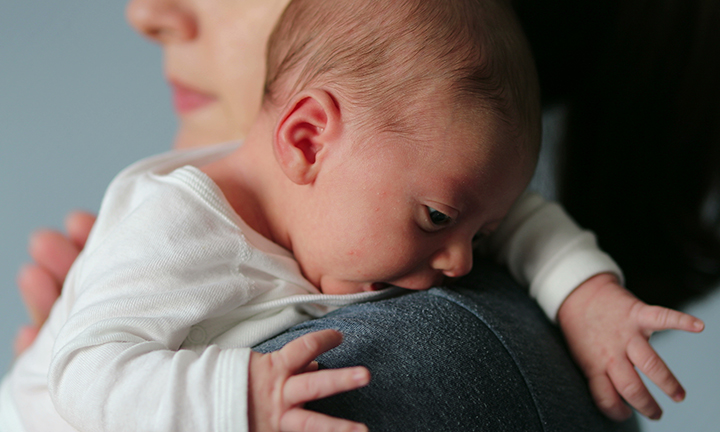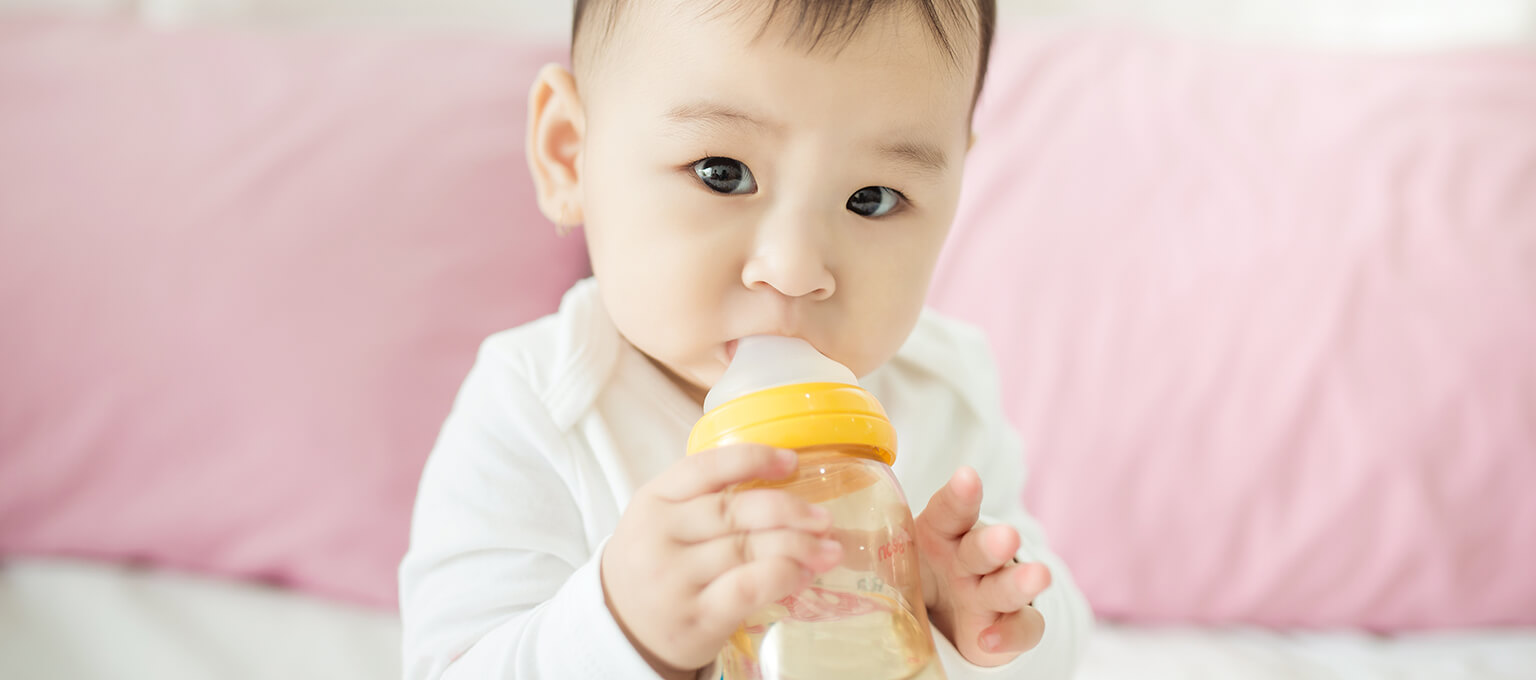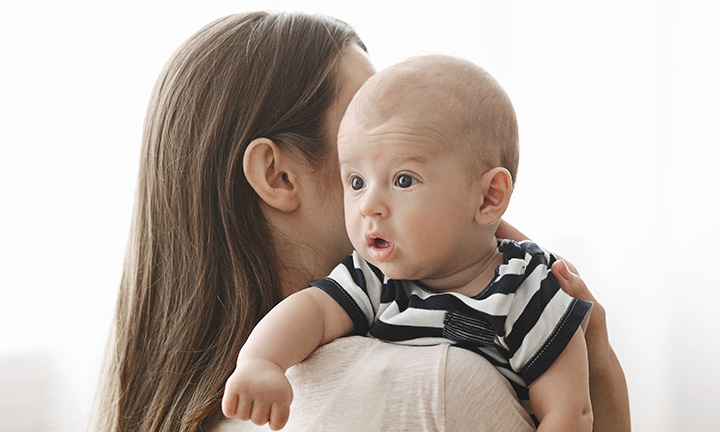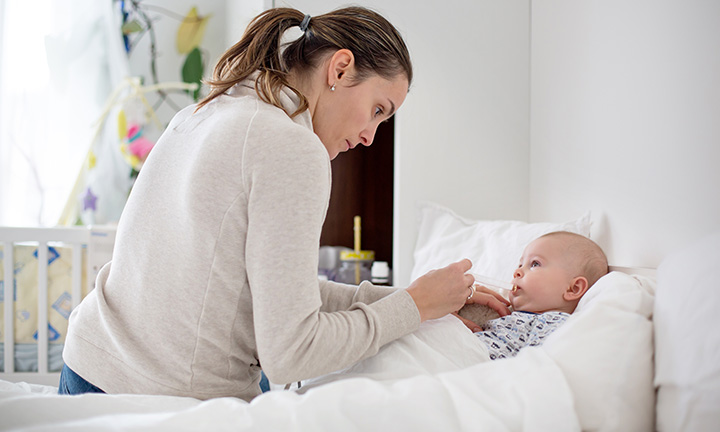
Fever in Babies and Newborns: All You Need to Know
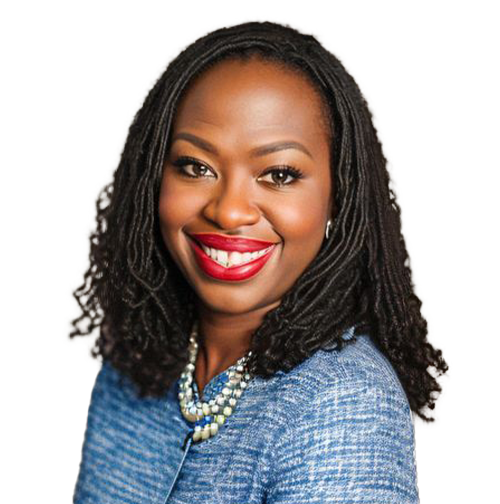

A fever in infants can be concerning, especially for babies under 3 months. If a newborn has a temperature of 100.4°F (38°C) or higher, it’s crucial to contact a healthcare provider or go to the emergency room immediately. It's natural to feel anxious, but seeking help promptly is vital for your baby's health. Trust your instincts as a parent; you're not alone in these situations.
Here’s a quick guide to fever in babies:
Common causes of fever in infants include infections (viral or bacterial), such as the common cold or ear infections. Symptoms may include poor feeding, unusual sleepiness, irritability, or a flushed appearance. Accurate temperature measurement—preferably rectal for infants—is essential for proper assessment.
Understanding fever in babies helps you act quickly and confidently. In the next sections, we’ll explore causes, symptoms, how to take a baby’s temperature, and when to seek help.
What Is a Fever?
A fever is not an illness in itself; rather, it is a symptom of an underlying issue, typically an infection. This temporary increase in body temperature indicates that the body is actively fighting an illness by stimulating white blood cells to combat the infection.
Small increases in body temperature are not considered true fevers and usually do not cause concern. A true fever is defined as a significant rise in body temperature that goes beyond the normal range. Continue reading to learn more about normal temperature ranges and fevers in babies and young children.
How to Tell If Your Baby Has a Fever
It can be challenging to determine if your baby has a fever, especially since symptoms may be subtle. According to pediatric experts from the American Academy of Pediatrics (AAP), a fever in babies is generally considered a rectal temperature of 100.4°F (38°C) or higher.
If you're unsure how to tell if your infant has a fever, watch closely for changes in their behavior and overall appearance. In many cases, shifts in how your baby looks or acts may be more reliable clues than the number on the thermometer. Fever in infants is often accompanied by signs that they are feeling unwell or fighting an infection.
If you’re wondering how to tell if a newborn has a fever, remember that newborns under 3 months require special attention. Call your healthcare provider immediately if your baby under 3 months has a rectal temperature of 100.4°F (38°C) or higher—even if they appear otherwise fine.
What Is a Normal Temperature for Newborns, Babies, and Toddlers?
Understanding what counts as a normal temperature for a baby can help you spot early signs of illness and take the right steps. A baby’s body temperature varies throughout the day and is influenced by their age, level of activity, and the method used to take the temperature.
According to trusted medical sources like the American Academy of Pediatrics (AAP), the normal baby temperature is around 98.6°F (37°C), but it can range from 97.5°F to 100.3°F and still be considered normal. This range tends to be slightly higher in babies, toddlers, and newborns than in older children or adults.
Keep in mind that a newborn’s temperature may change throughout the day by up to one degree Fahrenheit. Babies typically have their lowest body temperatures in the early morning and their highest in the late afternoon or evening.
A temperature reading of 100.4°F (38°C) or higher taken rectally is usually considered a fever in babies and may indicate an infection or illness, especially in infants under 3 months old.
Infant Temperature Ranges
If you’re wondering about the normal infant temperature range or the average body temperature for an infant, here’s a breakdown by measurement method:
These ranges represent a normal range for newborn and infant temperature. Always use the method recommended for your baby’s age, and remember that rectal readings offer the most accurate reflection of body temperature in newborns and young infants.
In Summary
The normal temperatures for infants and babies can range and change throughout the day. In general, a temperature of 100.4 degrees Fahrenheit (taken rectally) or higher counts as a fever.
What Causes Fever in Babies?
Fever is a symptom that can occur with any infection. Therefore, treating a fever always involves addressing its root cause.
Your child’s fever could be caused by any of the following:
Other Conditions Related to Fever in Babies
How to Take Your Baby’s Temperature
If you suspect your baby has a fever, especially after observing some of the signs mentioned, it is advisable to use a digital electronic thermometer to measure their temperature. Methods such as using a digital pacifier thermometer, a fever strip, kissing their forehead, or simply placing the back of your hand on their forehead are not accurate ways to determine if they have a fever.
Follow the instructions included with the thermometer, as each product can work a bit differently, or ask your healthcare provider to show you how to take your little one’s temperature. Make sure not to leave your child unattended when taking their temperature and keep separate thermometers for rectal and oral readings.
The best location for taking your baby’s temperature depends on their age. Here are some guidelines for which method to use when taking your baby’s temperature:
6 months and older. This is the age where you can start taking your baby’s temperature using a digital ear (tympanic) thermometer. You can also continue taking a digital rectal reading with a digital thermometer or use a temporal artery thermometer. You’ll want to wait to take your child’s temperature orally until they’re 4 years old.
What to Do When Your Baby Has a Fever
If you're wondering what to do when your newborn has a fever or how to care for an infant with a high temperature, it can be overwhelming, especially if it’s your first time. But don’t panic. Most fevers are a sign that your baby’s immune system is working to fight off an infection.
Before bundling up your baby, keep in mind that overdressing can trap body heat and raise the fever even higher. Instead, focus on helping your baby stay comfortable while the fever runs its course.
How to Help Lower a Baby’s Fever
These strategies can help lower your baby's fever and keep them more comfortable at home:
Tip
If you’re trying to figure out how to bring down a newborn's fever, always consult your healthcare provider before giving any medications or home treatments, especially for babies under 3 months
Fever-Reducing Medications
Medication isn’t always needed. Fever-reducing medicine is usually only recommended if your baby seems uncomfortable or in distress, not just based on the number on the thermometer.
Here's what to keep in mind:
If you're unsure when to take an infant to the ER for fever or if a medication is appropriate, don’t hesitate to contact your child’s provider.
When to Contact Your Baby’s Healthcare Provider
It's important to know when to take your baby to the hospital for a fever, especially in very young infants. The AAP recommends seeking medical advice or care based on age, temperature, and other symptoms.
FAQS AT A GLANCE
A fever in a newborn (especially under 2 months old) can be a sign of a serious infection, since their immune systems are still developing. Even a mild fever of 100.4°F (38°C) or higher taken rectally should be taken seriously. Contact your baby’s healthcare provider right away so they can evaluate what’s going on and recommend the next steps.
The Bottom Line
A fever is a symptom that indicates an underlying illness, such as an ear infection, the flu, or even the common cold. The most effective way to manage a fever is to address the underlying condition. In most cases, home treatments that involve staying hydrated and getting plenty of rest are the best ways to reduce a fever.
If your baby is under 2 months old and has a fever of 100.4 degrees Fahrenheit (38 degrees Celsius) or higher, contact their healthcare provider immediately. The provider will be able to determine the underlying cause of the fever and recommend appropriate treatment.
It’s natural to be uneasy when your baby has a fever, but with time and proper home care, your baby’s fever should subside. Always feel free to reach out to your child’s healthcare provider with any questions or concerns. Before long, your little one will be feeling better.
If you haven't done so yet, download the Pampers Rewards app for helpful information and tips during your parenting journey. Additionally, you can earn rewards on all your Pampers purchases.
- American Academy of Pediatrics. Caring for Your Baby and Young Child: Birth to Age 5, 7th ed. (New York: Bantam Books, 2019).
- Mayo Clinic. Guide to Your Baby’s First Years, 2nd ed. (Rochester, MN: Mayo Clinic Press, 2020).
- Cleveland Clinic. Fever
- Healthy Children. “Fever.”
- Healthy Children. “Fever and Pain Medicines – How Much to Give?”
- Healthy Children. “Fever and Your Baby.”
- Healthy Children. “Signs and Symptoms of Fever.”
- Healthy Children. When to Call the Pediatrician
- Kids Health. Fever (High Temperature) in Kids
- March of Dimes. Fever and Your Baby
- Mayo Clinic. Thermometer Basics: Taking Your Child’s Temperature
- NCBI. “Temperature Measurement in Pediatrics.”
Read more about Baby
Related Articles
Join a World of Support
through Pregnancy and Parenthood.
TRACK WITH TOOLS
LEARN WITH EXPERTS
GET REWARDED


